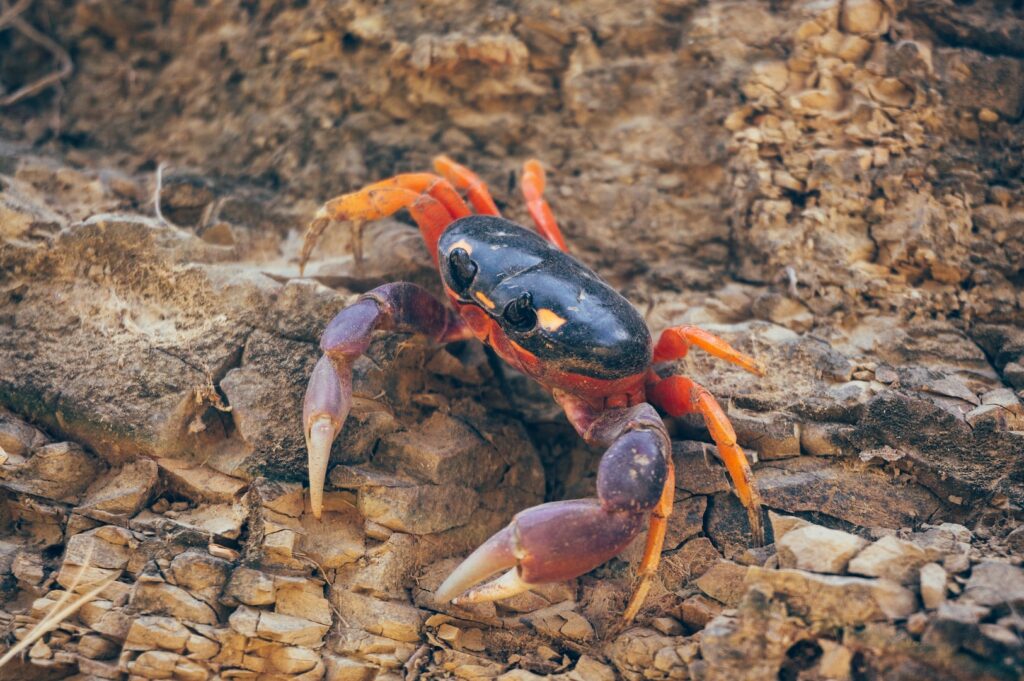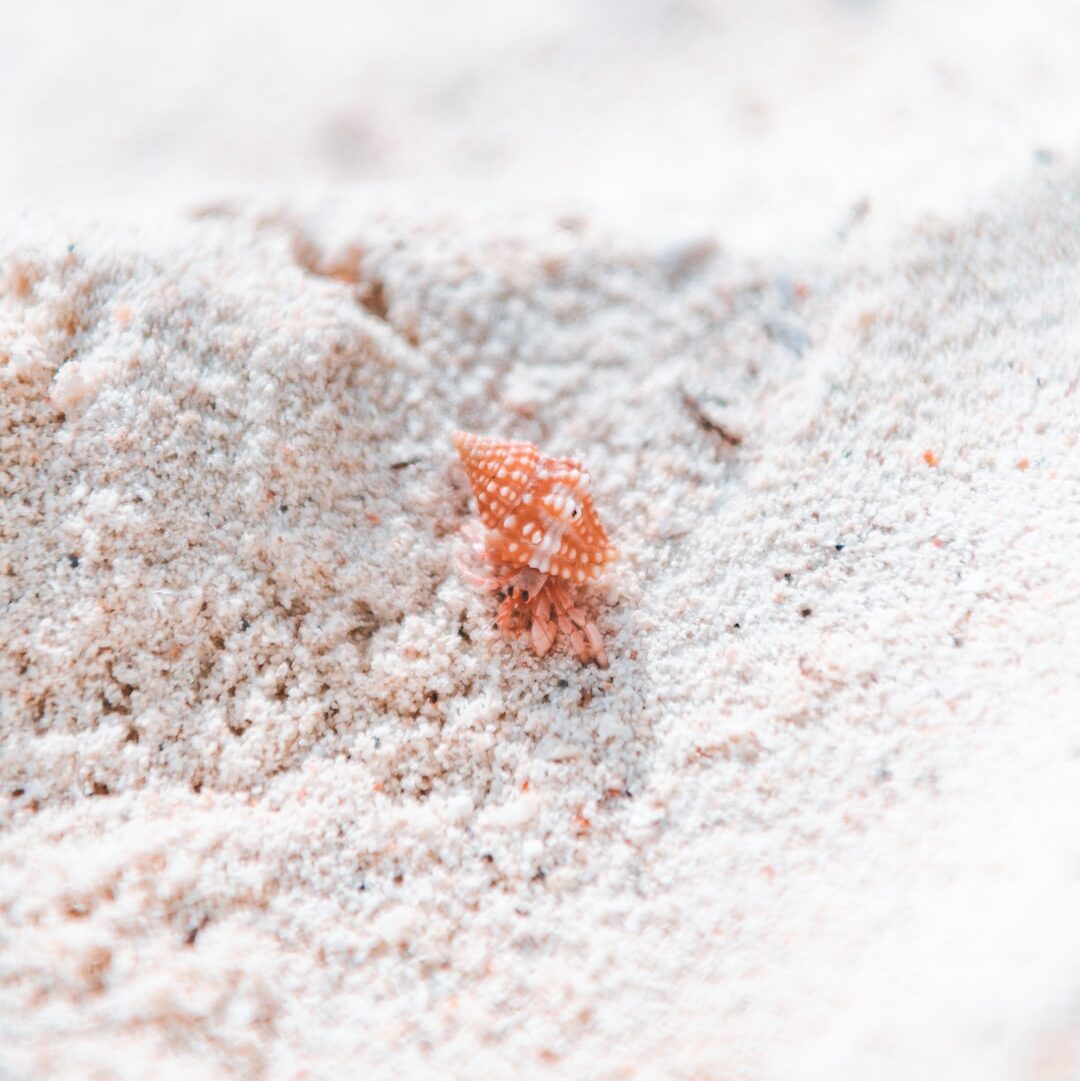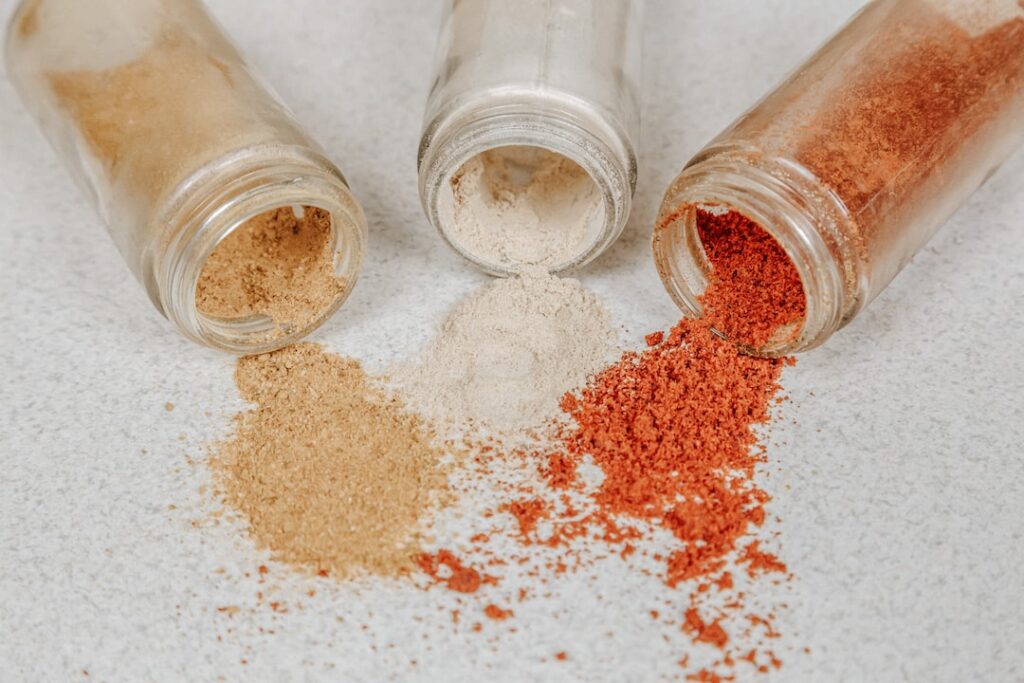How Kitocoat works

Mimicking Nature’s Shield for Preservation
Kitocoat is an innovation inspired by nature, and we mean it quite literally. The process behind the extra layer we add to fruits and vegetables mimics a natural defense mechanism that crustacean animals have used for millions of years.
Crustacean animals have evolved over millions of years to develop an exoskeleton that protects them from various environmental stressors in their aquatic habitats. This exoskeleton is made up of layers of chitin, a complex polysaccharide, which provides both strength and flexibility to withstand physical damage, predator attacks, and water loss.
Inspired by this natural defense mechanism, we developed Kitocoat to protect various materials from environmental stressors. Like the exoskeleton of crustaceans, Kitocoat is composed of layers of chitin, which creates a barrier against moisture, heat, and other damaging factors. This natural and sustainable solution is effective in preserving the quality and prolonging the shelf-life of fruits and vegetables, while also reducing the need for plastics.
Chitin
Chitin, a natural biopolymer, is widely present in various organisms, such as arthropods (including insects, crustaceans, and spiders), certain mollusks’ radulae (tongues), cephalopods’ beaks (like squids and octopuses), the scales of some fish and fungi (including yeasts, mushrooms, and Aspergillus niger).
Chitin is the second most abundant natural biopolymer after cellulose and can be found in a wide range of natural sources. It is a tough, protective, and biodegradable material that has many potential applications in medicine, food packaging, agriculture, and environmental industries. The diversity of chitin-containing organisms highlights the significance of this remarkable biopolymer in various aspects of life and industry.


What are the ingredients in Kitocoat?
Kitocoat is made up of natural and edible compound called chitosan, which is derived from chitin obtained from the exoskeletons of crustaceans and fungi. Chitosan is considered safe for use as a protective coating and has been approved by regulatory authorities such as Health Canada, the United States Food and Drug Administration (FDA), and the World Health Organization (WHO).
Chitin and chitosan are naturally occurring compounds found in various organisms, including insects, crustaceans, and certain fungi. Chitin, a complex polysaccharide, serves as one of the essential building blocks in the formation of protective exoskeletons for these animals.
Chitosan, obtained from chitin through a deacetylation process, is notable for its versatility and finds various applications in industries ranging from pharmaceuticals to agriculture.

Eatable
Kitocoats solutions are eatable and safe for you as a consumer.

Biodegradable
Kitocoats solutions are fully biodegradable, eco-friendly and resposible.

No plastics
Kitocoats solutions are free from plastics and microplastics.